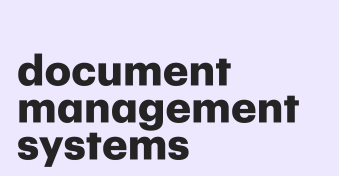Document automation democratizes information access, enabling diverse teams to communicate and collaborate more efficiently.
People are clearly hungry for these efficiency gains — a study commissioned by Salesforce1 found that over 90% of companies reported an increase in the demand for automation over the course of two years.
When executed correctly, automation works hand-in-glove to fuel growth trajectories for businesses.
So, how can you best automate document processing and achieve the highest ROI?
Keep reading to learn how intelligent document processing automation works, how to measure costs and benefits with respect to ROI, challenges to keep in mind, and potential use cases.

Key takeaways
- Automated document processing (ADP) leverages AI, machine learning, and robotic process automation to make working with documents faster and smarter.
- Cloud technologies empower ADP platforms by enabling scalability, cost savings, and a collaborative approach to document management.
- Adopting ADP solutions can significantly boost workflow productivity, maintain data integrity, and free up time for employees to focus on other tasks.
- The core challenges with ADP are data privacy concerns, software limitations, and implementation barriers — which professional ADP solutions can help resolve.
The basics of automated document processing
Blending human ingenuity with robotic precision, ADP revolutionizes the management of business documents through generative AI, ML, natural language processing, and robotic process automation.
This synergy enables informed decision-making and precise execution, simplifying workflows by automating emails, contracts, and reports.
ADP’s roots trace back to the 1960s and 1970s with word processors2, personal computers, and key innovations like Jacob Rabinow’s 1965 optical character recognition (OCR) machine3 and IBM’s 1966 scanner.
In the 1990s, advances in machine learning and hardware improved document processing accuracy. By 2012, deep learning algorithms4 based on convolutional neural networks had revolutionized OCR, significantly improving automated document recognition.
The cloud plays a big part as well. The late 2000s and early 2010s saw cloud-based OCR services from Microsoft Azure, Google Cloud, and AWS.
Cloud computing also enables real-time collaboration, remote access, scalable storage, and cost savings, further enhancing ADP capabilities.
Today, the intelligent document processing market is projected to grow at a 30.1% CAGR from 2023 to 20305, driven by ADP’s efficiency in reducing manual, error-prone tasks.
Research by Gartner6 suggests that 50% of all B2B invoices globally will be handled via intelligent automation by 2025 — without manual input at all.
Note: A similar term, intelligent document processing (IDP), can be (and often is) used interchangeably with automated document processing, like in the above paragraph.
Strictly speaking, ADP may be considered more applicable for basic task automation, whereas IDP leans toward more complex leveraging of AI/ML to handle both structured and unstructured data for business processes.
However, the rise of artificial intelligence across all end-to-end applications for automatic document recognition blends these terms even further, and we will refer to both as equals for this article.
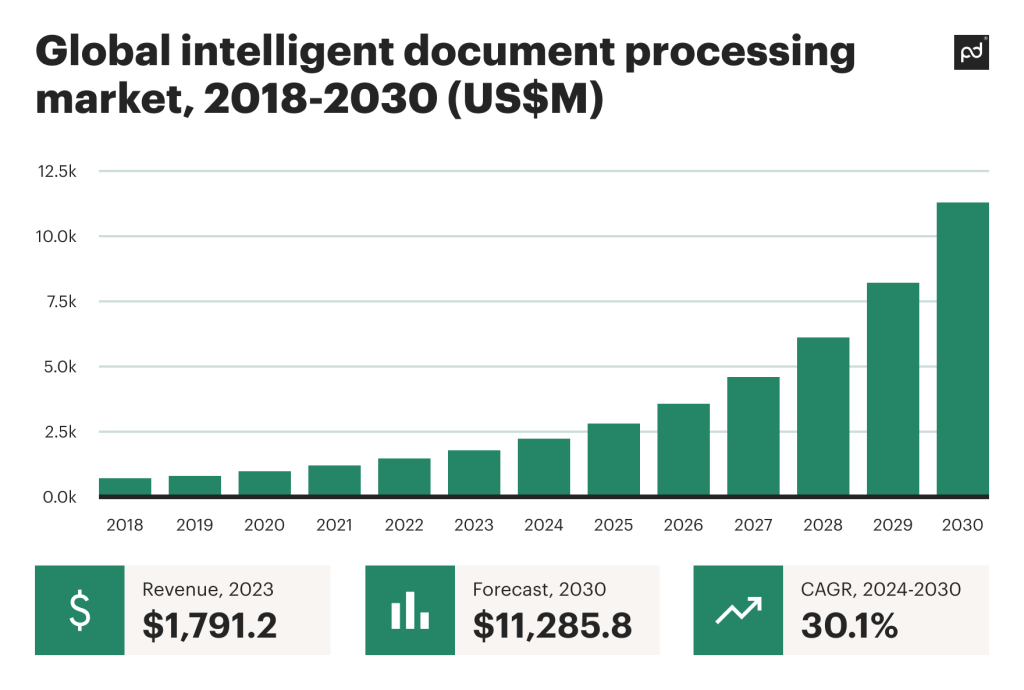
How automated document processing works
ADP is a systematic approach to managing and processing documents that can be broken down into six core steps.
Collection
Automated processing apps gather all relevant documents.
Data capture can involve scanning physical documents, gathering data from unstructured documents, and collecting digital information from various sources.
Preprocessing
Before the tool starts to process data, documents first undergo preprocessing to enhance their quality, which can include noise reduction, skew correction, and binarization.
Classification
Classification ensures all types of documents get categorized based on content or format.
For example, monthly invoices tied to vendor contracts with financial services companies or cloud providers are separated from payroll or timesheets connected to employee contracts.
Data extraction
Document processing software then extracts structured, semi-structured, and unstructured data from the documents now categorized accordingly.
Validation
The extracted data then goes through verification and validation to ensure the highest possible accuracy.
The system can do that by using predefined rules or cross-referencing with other data sources.
Integration
Finally, the validated data gets integrated into the database, and users can access it for analysis.
How to measure the ROI of automated document processing
When you need to quantify the financial returns from your investment relative to its cost, you implement a return on investment formula.
ROI = (Total revenue − Total costs) / Total costs x 100%
If your business already uses or plans on adopting ADP solutions, you can measure their effectiveness in terms of monetary benefits.
A positive ROI indicates profitability, while a negative ROI suggests the need for adjustments in the solution or its usage.
Measuring costs
When looking at the total costs, you should factor in these key expenses:
- Software licensing or subscription fees are your upfront cost for the software solution.
- Hardware and infrastructure expenditures, including servers and storage, can be substantial.
- Solution implementation and integration costs involve setting up the solution, integrating it with your existing systems, and making it functional.
- Training and change management that your team will require come with a price, but they are necessary to help your team make a smooth transition from legacy systems.
Measuring benefits
ADP solutions offer various benefits, such as:
- Time savings enabled by automation free up your team to optimize other business operations and reduce the need for humans to do time-consuming, repetitive tasks.
- The number of errors that automated systems can potentially make is generally much, much less compared to an average tally of human errors when working manually.
- A productivity increase comes when employees can handle more documents monthly, and the processing time is often reduced by half or more with the help of document management software.
- Customer satisfaction rates rise thanks to faster and more accurate document processing, which reduces the time customers may waste waiting.
By understanding the ROI of automated document processing, you can justify your investment and understand the bottlenecks that require improvements.
Key challenges in ADP addressed by professional document management solutions
Although automated document processing brings higher operational efficiency and ease to businesses, it can also present possible challenges and barriers to efficient implementation.
These potential roadblocks can often be neutralized with a dedicated tool for document management.
Data privacy concerns
Professional document management software employs the latest encryption methods and aligns with global security standards.
This provides you with a security framework that is compliant with E-SIGN, UETA and HIPAA regulations. Backed by SOC 2 certification, you can store, e-sign and share documents with total confidence.
Software limitations
The diverse nature of business operations means document types and formats can vary widely.
Flexibility is at the core of a professional solution, and ever-changing business needs demand an automated document processing solution capable of responding to these complexities.
Tools with customizable templates and rich integration options easily expand the solution’s functionality per request. Consider the following integration capabilities:
- CRMs (Pipedrive, Salesforce, HubSpot)
- Payment gateways (PayPal, Stripe, Quickbooks)
- Communication channels (Slack, Microsoft Teams, etc.)
Cost concerns
With the large variety of pricing options, some ADP tools make it hard for businesses to scale without huge investments.
This is common with flat pricing structures, where you have to pay for features you may not even need (at least in the near future).
That’s why it’s best to seek a solution with either scalable pricing (per seat or per document) or a pay-as-you-go model.
This way, you get a plan more tailored to the features you need now, leaving space for scalability down the road.
Implementation barriers
Getting rid of manual document processing may feel like you are moving in the right direction until you face issues with proper implementation and staff training.
And even with tools that have little to no learning curve, you still need to adjust to a new tool without completely ruining your existing processes.
A smooth transition from outdated to automated processes ideally involves:
- Training resources and a help center offered by the tool you choose
- Onboarding assistance and dedicated support teams
- Webinars on the platform’s capabilities
IRL examples of ADP
Here are some real-world case studies that will clearly show you why ADP is a bridge connecting piles of scattered documents into a cohesive landscape.
Tax season transformed
The annual tax season often overwhelms businesses, making them juggle tax forms, receipts, and supporting documents.
A small business owner has to sift through a year’s worth of documents, including tax forms like their W2s and 1099s and various receipts.
In the past, this would mean hours, if not days, of manual sorting, data entry, and cross-referencing with previous tax records.
For HPC, a US accounting, tax, and advisory firm that has embraced ADP, the company has increased close rates by 20% using automation technology.
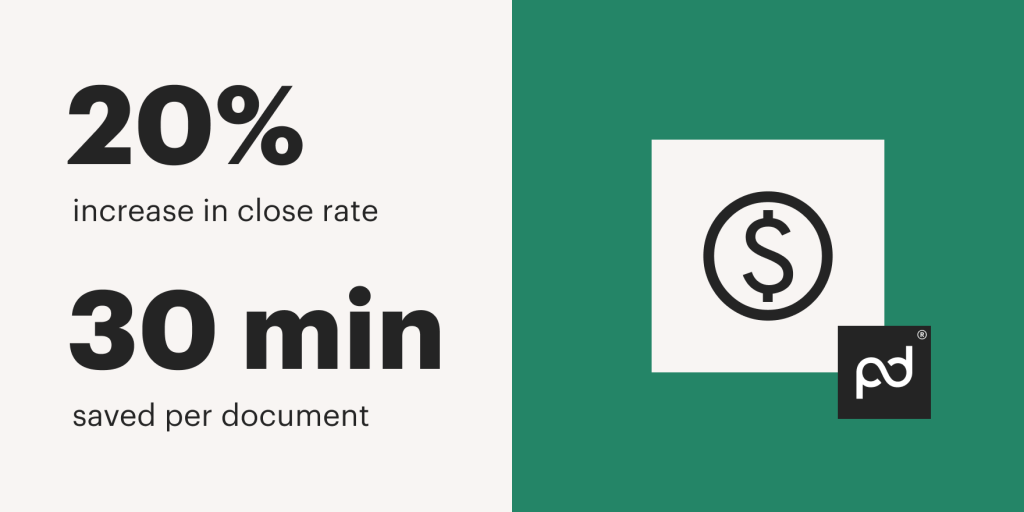
AI-powered intelligent document processing helps instantly categorize all the documents, extract relevant data, and compare them with previous years’ filings.
As the user uploads documents, the system immediately flags discrepancies between a vendor invoice and a corresponding bank transaction.
An IDP solution can also summarize the view of the user’s financials and offer insights based on the tax bracket and industry norms.
Clinics and medical providers moving beyond traditional paperwork
In the healthcare sector, the daily challenges of processing documents range from patient records and lab results to insurance claims and billing details.
Physicians and providers often handle numerous patient charts, diagnostic reports, and referrals.
Manually processing these documents is tedious and error-prone.
With an ADP or IDP system, physicians can quickly access patient histories and identify critical values from lab results, potentially preventing medical complications.
An ADP system can also streamline administrative tasks across the medical facility. For example, a leading US provider of in-home care, The Key, reports saving 3,000 hours annually due to automated forms processing.
They can now avoid downtime and have easy-to-sign contracts and agreements for their patients.
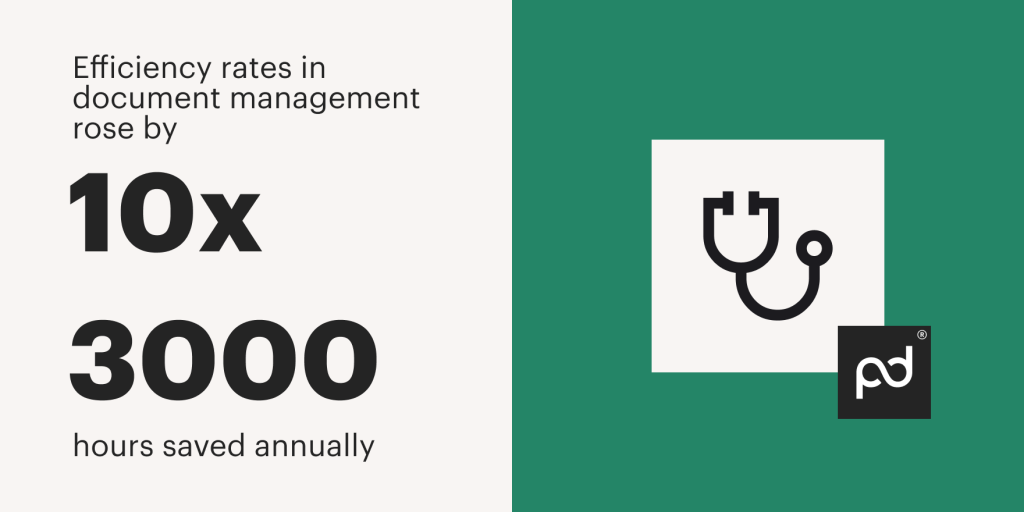
Optimizing inventory and order management
With the countless components, raw materials, and finished products to track, and a myriad of customer orders, manual handling of vast data can result in costly errors.
Knowing that, Rakuten Super Logistics turned to PandaDoc and, as a result, streamlined document workflows and elevated the customer experience.
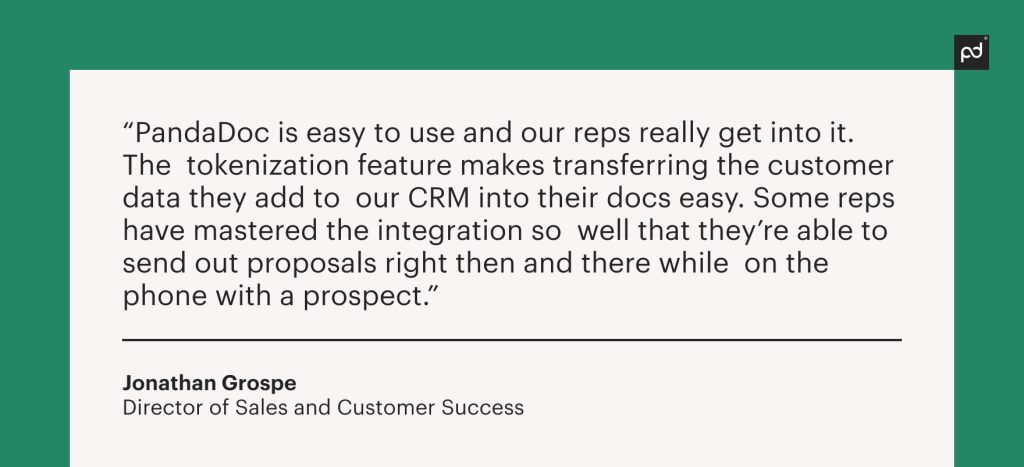
By adopting an automated system, the manufacturing facility can scan, categorize, and process documents related to inventory and orders.
The system updates inventory upon receiving raw materials and flags potential shortages when customer orders come in, enabling proactive management and efficient fulfillment.
Likewise, document workflows across other departments have been transformed.
The sales team can now quickly create and send professional proposals, even during calls, reducing sales cycle times and boosting close rates.
The customer experience has improved with easy e-signing, replacing the old print-and-scan process.
This not only saves time but also positions Rakuten Super Logistics as a modern and efficient partner in e-commerce fulfillment.
Minimizing the costs of education
The educational sector is primarily focused on imparting knowledge. However, it also manages student enrollment, academic records, financial aid, and the admin needs of faculty.
If administrative tasks are inefficient, it can hinder the education process. This could cause educational institutions to stray from their core mission.
For example, the founders of the educational program Digital Remit provide workshops and education to business owners around Oxford, London.
Previously, they had their participants spend an hour of each workshop filling out actual (paper-based) paperwork before introducing a document automation system.
Now, with that one change in place, they cut document creation time by 90% and freed up 30% of their teachers’ time.
Furthermore, the IDP system can help with financial tasks. It can automate the collection of fees, the payment of scholarships, and the processing of grant applications.
By minimizing manual work, this institution saves on administrative expenses, and that can allow for spending more on research, facilities, and student services.
Embrace the power of ADP for your business
Automated document processing stands as a beacon of efficiency, turning routine document tasks into insightful, data-driven actions.
With proper intelligent document processing operating in your business’s backyard, your team can focus on human-centered and mission-critical tasks.
Once you’ve committed to implementing automated document processing, choose a software that grasps the complexities of ADP and ensures a smooth integration process.
Schedule a free demo to learn more about PandaDoc solutions for automated document processing.
Originally published February 19, 2024, updated September 3, 2024
Disclaimer
PandaDoc is not a law firm, or a substitute for an attorney or law firm. This page is not intended to and does not provide legal advice. Should you have legal questions on the validity of e-signatures or digital signatures and the enforceability thereof, please consult with an attorney or law firm. Use of PandaDoc services are governed by our Terms of Use and Privacy Policy.
- New Research Shows Automation Demand Surged in More Than 90% of Companies. Publisher: Salesforce Show in the article ↑
- Word Processing. Publisher: Britannica Show in the article ↑
- Jacob Rabinow: Optical Character Reading. Publisher: National Inventors Hall of Fame Show in the article ↑
- History and the future: Deep-learning-based OCR. Publisher: ADVANCE.AI Show in the article ↑
- Intelligent Document Processing Market Size, Share & Trends Analysis Report By Component, By Technology (Machine Learning, Computer Vision), By Deployment, By Organization Size, By End-use, By Region, And Segment Forecasts, 2023 – 2030. Publisher: Grand View Research Show in the article ↑
- Success With AP Invoice Automation Requires More Than Paper to Digital. Publisher: Gartner Show in the article ↑
